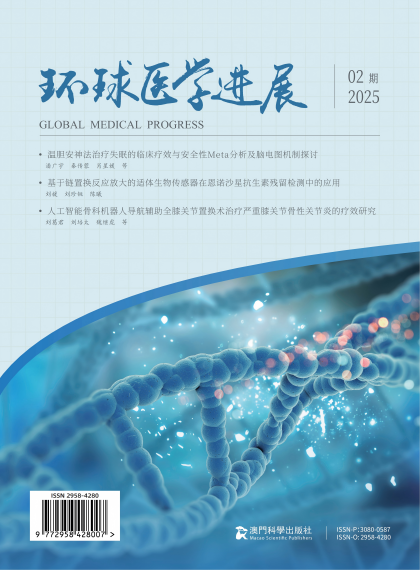摘 要:
目的:通过系统文献检索与荟萃分析,评价温胆安神法治疗失眠患者的临床疗效与安全性,并结合脑电图(EEG)客观指标,探讨其改善睡眠质量的作用机制。方法:检索CNKI、万方、维普、CBM、PubMed、Embase、Cochrane Library 等数据库,纳入 2022 年 1 月至 2025 年 6 月间发表的温胆安神法治疗失眠的随机对照试验(RCT)及回顾性研究,共纳入 7 项研究,累计病例 521 例,其中实验组 264 例,对照组 257 例。实验组采用温胆汤加减、黄连温胆汤、柴芩温胆汤等加减方,对照组使用艾司唑仑、奥沙西泮、佐匹克隆等常规西药。主要结局指标为睡眠质量评分(PSQI)、中医证候积分、临床总有效率及脑电图 α/β 波比值改善情况。采用 RevMan 5.4 软件进行 Meta 分析,并进行异质性及敏感性分析。结果:Meta分析显示,实验组在临床总有效率方面显著高于对照组(OR=2.15,95%CI:1.58–2.93,P<0.01);PSQI 总分改善优于对照组(MD=-3.42,95%CI:-4.11~-2.73,P<0.01);EEG α 波显著增强,β 波减弱,α/β 波比值改善提示睡眠深度及稳定性增加。漏斗图基本对称,发表偏倚可能性较低。不良反应发生率低于对照组,安全性良好。结论:温胆安神法对失眠患者睡眠质量的改善具有确切疗效,且安全性优于常规药物。其机制可能与调节脑电活动、改善胆郁痰扰病机相关。建议进一步开展大样本、多中心、长期随访的临床研究,为制定失眠中医治疗指南提供循证依据。
关键词:温胆安神法;失眠;脑电图;睡眠质量;Meta分析
Abstract:
Objective: To evaluate the clinical efficacy and safety of the “Wendan Anshen” method in the treatment of insomnia through systematic literature retrieval and meta-analysis, and to explore its mechanism for improving sleep quality based on objective electroencephalogram (EEG) indicators.Methods: Databases including CNKI, Wanfang, VIP, CBM, PubMed, Embase, and the Cochrane Library were searched for randomized controlled trials (RCTs) and retrospective studies on the “Wendan Anshen” method for insomnia published from January 2022 to June 2025. A total of 7 studies involving 521 patients were included, with 264 in the experimental group and 257 in the control group. The experimental group received modified Wendan Decoction, Huanglian Wendan Decoction, or Chaiqin Wendan Decoction, while the control group was treated with conventional Western medications such as estazolam, oxazepam, and zopiclone. Primary outcome measures included Pittsburgh Sleep Quality Index (PSQI), traditional Chinese medicine (TCM) syndrome score, overall clinical efficacy rate, and EEG α/β wave ratio improvement. Meta-analysis was conducted using RevMan 5.4, with heterogeneity and sensitivity analyses performed.Results: Meta-analysis showed that the experimental group had a significantly higher overall clinical efficacy rate than the control group (OR = 2.15, 95% CI: 1.58–2.93, P < 0.01); PSQI scores improved more markedly in the experimental group (MD = –3.42, 95% CI: –4.11 to –2.73, P < 0.01). EEG results demonstrated significant enhancement of α waves, reduction of β waves, and an improved α/β ratio, suggesting increased sleep depth and stability. Funnel plots were generally symmetrical, indicating low risk of publication bias. Adverse events occurred less frequently in the experimental group, confirming good safety.Conclusion: The “Wendan Anshen” method has a definite therapeutic effect on improving sleep quality in patients with insomnia, with better safety compared to conventional drugs. Its mechanism may be related to the regulation of brain electrical activity and the alleviation of the TCM pathogenesis of gallbladder-qi stagnation and phlegm disturbance. Further large-sample, multi-center, long-term follow-up clinical trials are recommended to provide evidence-based support for the development of TCM guidelines for insomnia treatment.
Keywords: Wendan Anshen method; Insomnia; Electroencephalogram; Sleep quality; Meta-analysis
--
